The United States may be known for its fast food and apple pie, but it has also birthed some iconic dishes that many might not suspect originated from American soil. From sweet treats to savory delights, these culinary creations have not only become staples in American cuisine but have also traveled the world, becoming beloved international favorites. In this post, we’ll explore twelve such dishes that have an unexpected American origin. Each dish carries its own unique story and flavor profile, making it a must-try for every food enthusiast.
Buffalo Wings
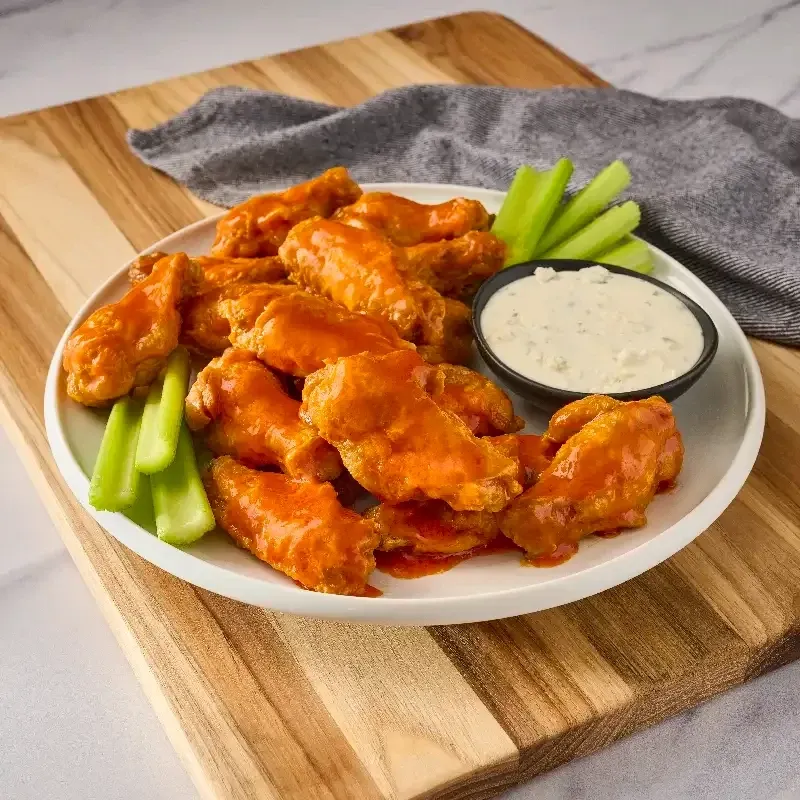
Born in the city of Buffalo, New York, Buffalo wings have become a quintessential part of American sports culture. The creation of this spicy, tangy, and crispy delight is credited to Teressa Bellissimo, who in 1964, decided to fry leftover chicken wings and toss them in hot sauce for her son’s friends at the Anchor Bar.
Today, these wings are not just a game-night staple but an emblem of American culinary creativity. Whether enjoyed at a local bar or during a backyard barbecue, their fiery kick continues to win hearts.
Interestingly, Buffalo wings are often served with celery sticks and blue cheese dressing, a combination that started as a means to cool down the heat but has since become an integral part of the dish.
Cheesesteak
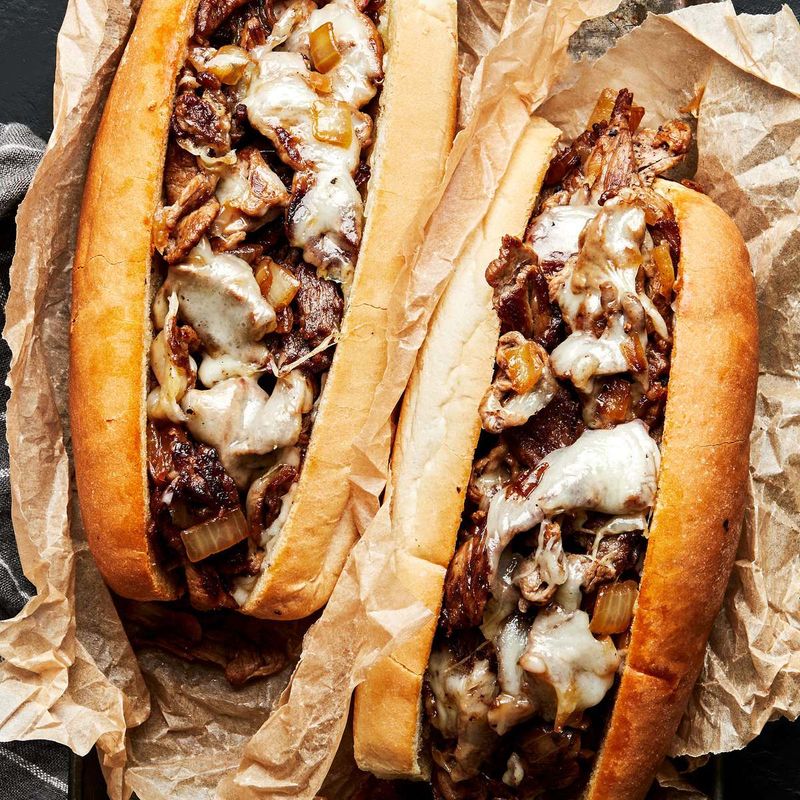
The cheesesteak sandwich, a blend of thinly sliced beefsteak and melted cheese in a hoagie roll, hails from Philadelphia. Pat Olivieri, a hot dog vendor, is credited with its creation in the 1930s. Legend has it, he decided to throw beef on the grill for something different, and the delightful aroma caught the attention of a passing taxi driver.
As the sandwich’s popularity soared, cheese was added, cementing its place as a staple in Philadelphia’s culinary scene. Its fame has since spread far beyond its home city.
Philly cheesesteaks are now a must-try for any visitor to the city, providing a savory taste of local culture with each bite.
Cobb Salad

Cobb salad, with its vibrant array of ingredients, offers both a visual and flavorful feast. Surprisingly, this salad was born out of late-night necessity at Hollywood’s famed Brown Derby restaurant in the 1930s. Robert Cobb, the owner, threw together a mix of leftovers, creating a dish that would become legendary.
The Cobb salad is renowned for its perfect balance of textures and flavors, combining crispy bacon, creamy avocado, tangy blue cheese, and refreshing greens.
Today, it remains a popular choice for those seeking a hearty yet healthy meal, embodying the inventive spirit of American cuisine.
Fajitas
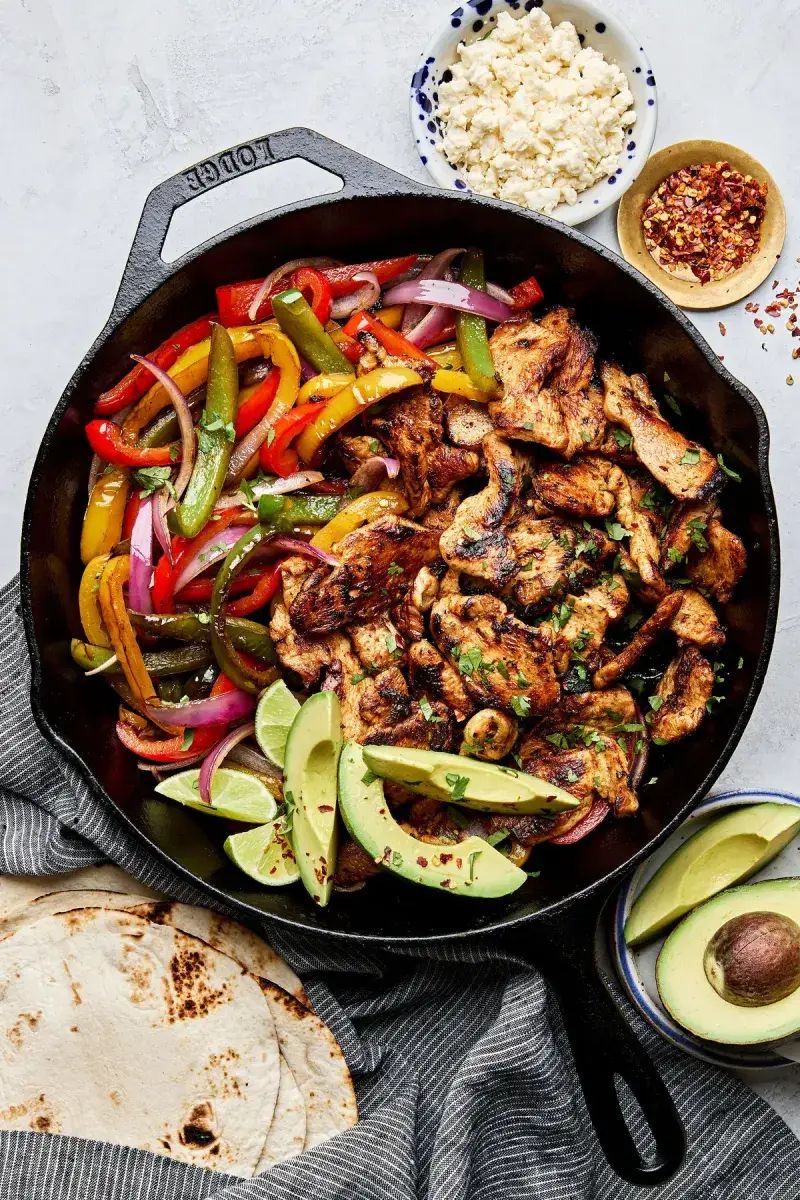
Though often associated with Tex-Mex cuisine, fajitas have deep roots in American culinary tradition. The dish traces its origins to the ranch lands of Texas, where Mexican vaqueros cooked with cheap cuts of beef. The name ‘fajita’ refers to the skirt steak used in the original recipe.
With time, fajitas evolved to include various meats and vegetables, served sizzling hot with tortillas. This transformation helped the dish gain popularity across the United States.
Today, fajitas are celebrated for their interactive dining experience, allowing diners to customize each bite with toppings like guacamole and salsa.
Fortune Cookies
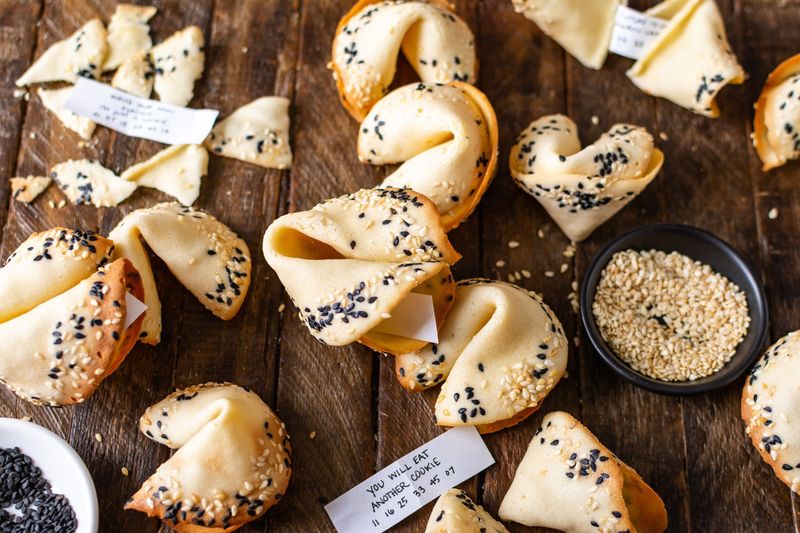
Often mistaken as a traditional Chinese dessert, fortune cookies actually have their origins in the United States. This delightful treat was introduced by Japanese immigrants in California in the early 1900s. The cookies were initially served with tea at the end of meals.
What makes fortune cookies enchanting is the surprise fortune inside, offering wisdom or entertainment in every bite. This unique concept quickly gained popularity, becoming a staple in Chinese-American restaurants.
Despite their misattributed origins, fortune cookies continue to captivate diners worldwide, embodying a fusion of cultural creativity.
Reuben Sandwich

The Reuben sandwich, famed for its hearty and savory nature, brings together the flavors of corned beef, Swiss cheese, sauerkraut, and Russian dressing, all grilled between slices of rye bread. Its creation is debated, but one popular account credits Reuben Kulakofsky, a grocer in Omaha, Nebraska, during the 1920s.
The sandwich was reportedly first made for a group of poker players, who were so impressed that it became a menu staple at the Blackstone Hotel.
Over time, the Reuben’s rich and satisfying profile has secured its place as a beloved classic in American delis nationwide.
Potato Chips
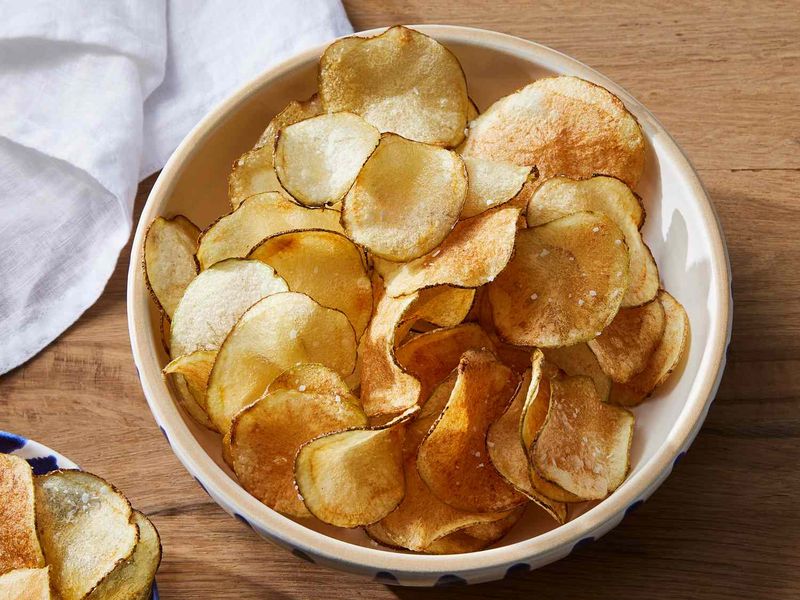
Potato chips, a beloved snack worldwide, have a serendipitous origin story in Saratoga Springs, New York. In 1853, Chef George Crum created them by accident. Frustrated with a customer’s complaint about thick fries, Crum sliced the potatoes paper-thin and fried them until crispy.
To his surprise, the customer loved them, and Saratoga Chips, as they were initially known, quickly gained popularity.
Today, potato chips are a staple snack, enjoyed in countless flavors and varieties, epitomizing the idea that innovation often springs from the most unexpected places.
Banana Split
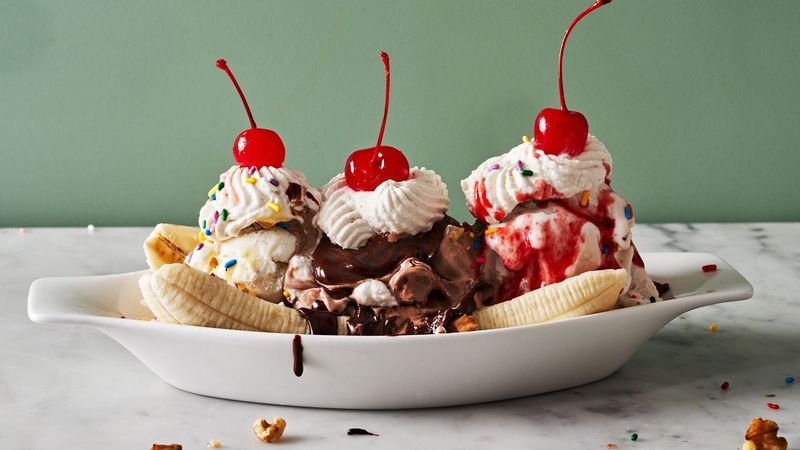
The banana split, an emblem of American dessert indulgence, was crafted by David Strickler, a pharmacist apprentice in Latrobe, Pennsylvania in 1904. He created this delightful treat as an elaborate ice cream sundae, incorporating bananas as a novel twist.
The dessert quickly gained fame for its extravagant presentation and combination of flavors, including ice cream, whipped cream, nuts, and cherries.
As soda fountains spread across America, the banana split became synonymous with fun and nostalgia, a sweet reminder of simpler times.
Baked Alaska
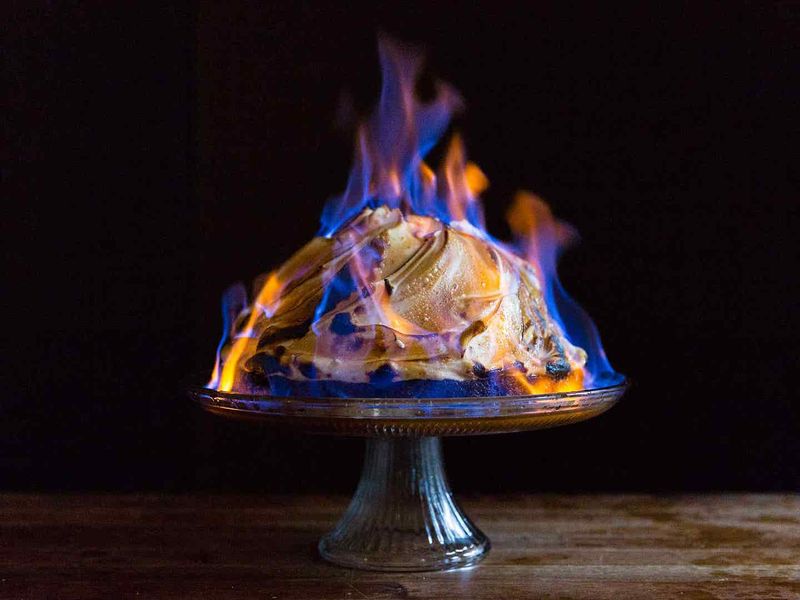
Baked Alaska is a show-stopping dessert that combines science and art. Originating in the United States in the 19th century, it was created to honor the acquisition of Alaska. This dessert features a sponge cake topped with ice cream, enveloped in meringue, which is then briefly baked.
The result is a visually stunning dish with a warm, golden exterior and a cold, creamy interior, showcasing the kitchen’s ingenuity.
Baked Alaska continues to impress diners with its theatrical presentation and delightful contrast of textures, embodying the adventurous spirit of its namesake.
Waldorf Salad
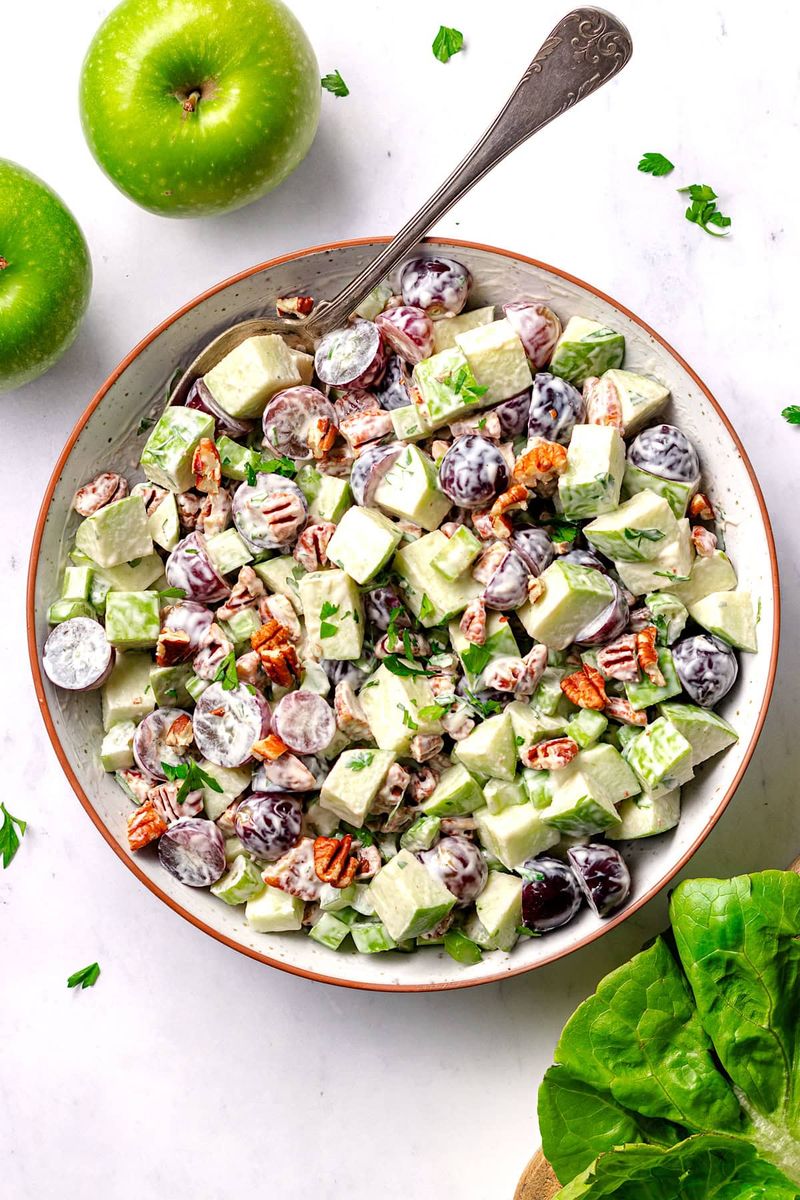
The Waldorf salad, a classic example of simple elegance, was first served at the Waldorf Astoria Hotel in New York City in the late 1800s. Created by maître d’ Oscar Tschirky, it initially comprised just apples, celery, and mayonnaise.
Over time, grapes and walnuts were added, enhancing its flavor and texture. This dish exemplifies the innovative approach to cuisine that the hotel was known for.
Today, the Waldorf salad remains a symbol of sophistication and is cherished for its refreshing and harmonious blend of ingredients.
Lobster Newberg

Lobster Newberg, a luxurious dish steeped in history, was born from a collaboration between sea captain Ben Wenberg and chef Charles Ranhofer of Delmonico’s in New York City in the 1870s. Wenberg shared his recipe, which featured lobster, cream, sherry, and cognac, leading to its addition to the menu.
The dish quickly became a favorite among patrons for its rich flavor and elegant presentation. However, a falling out between Wenberg and the restaurant led to the dish being renamed “Newberg.”
Despite its dramatic origin, Lobster Newberg remains a testament to the art of fine dining and culinary creativity.
Pecan Pie
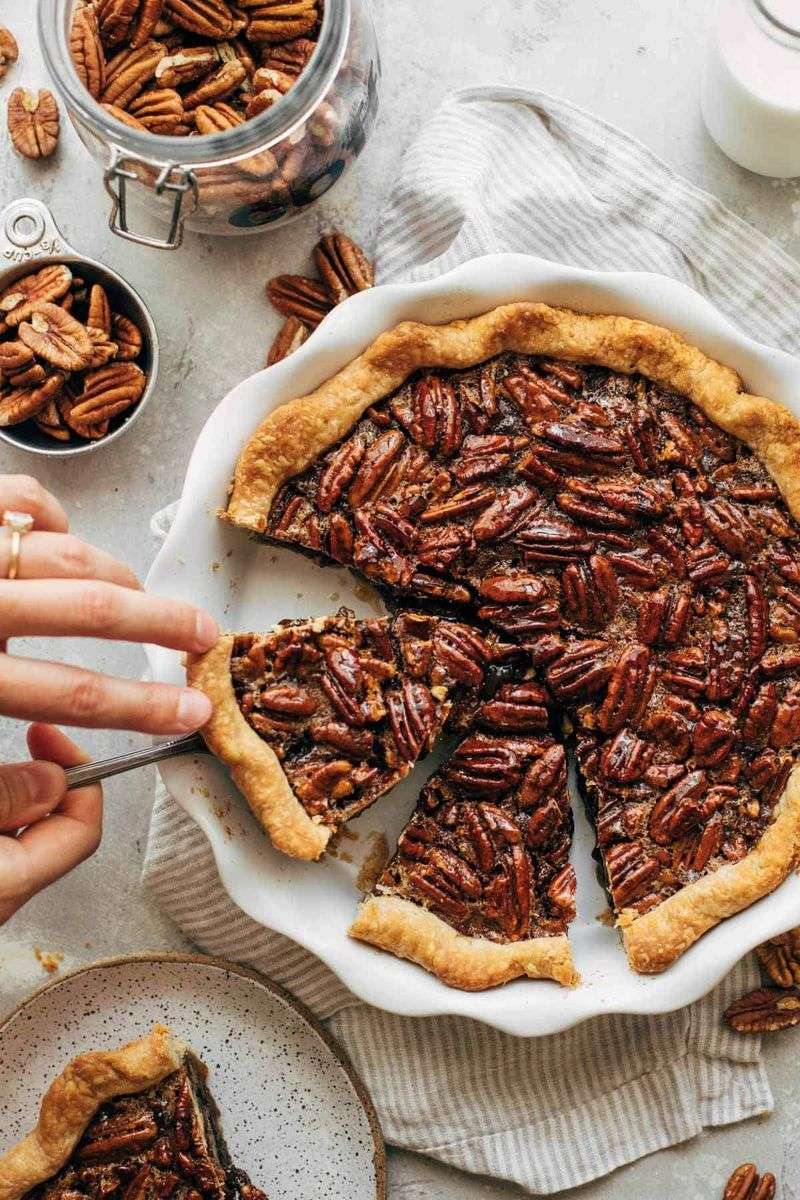
Pecan pie, a staple of Southern American comfort food, traces its origins to the late 19th century. It was popularized by Karo syrup, whose recipe helped the pie gain nationwide recognition. The pie’s rich, nutty flavor and gooey texture make it a beloved dessert for holidays and gatherings.
Pecan pie embodies the warmth and hospitality of Southern cuisine, often served with a dollop of whipped cream or a scoop of ice cream.
Its enduring popularity highlights the simple pleasures of American baking traditions, a true testament to the saying that less is more.
Leave a comment